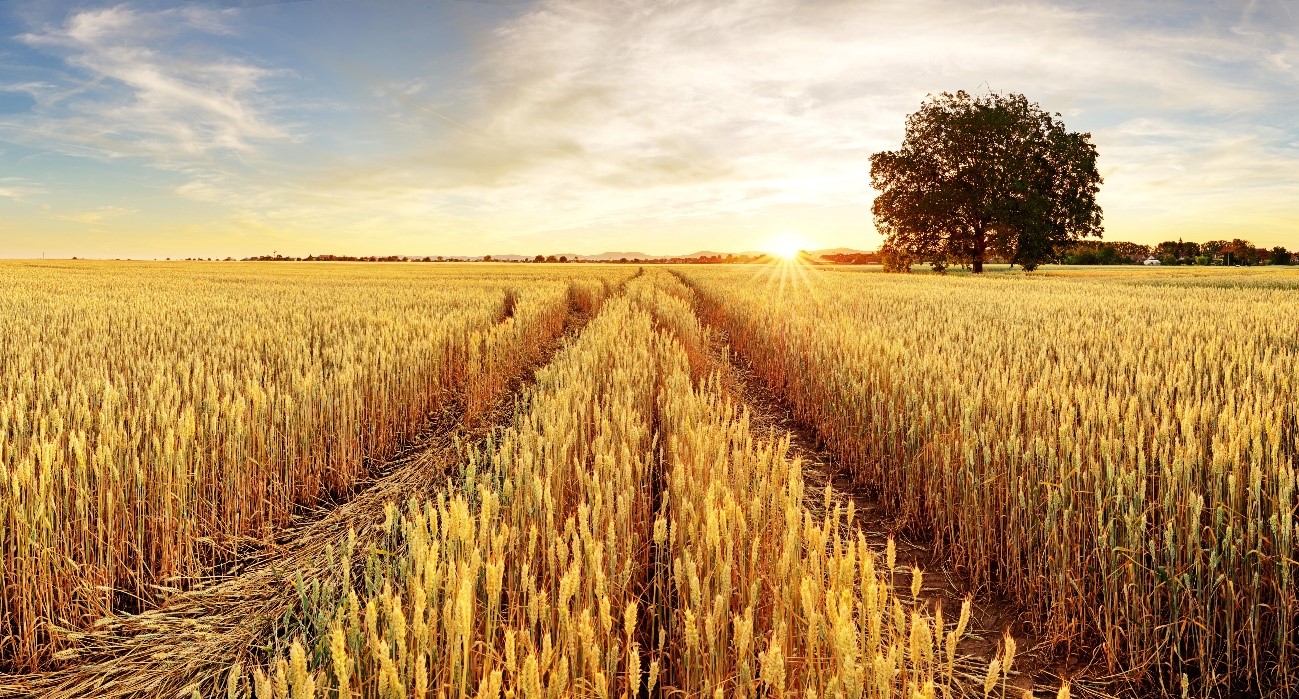Our goal is leading the change towards carbon neutrality in the bakery sector with facts.
Between 2019 and 2021, we have reduced C02 emissions by 47%. These emissions are equivalent to 52,934 tons, or the capture that 300,000 trees can make per year. The main actions that have allowed us to achieve these figures are:
1) The commitment to 100% renewable energies. Today, 100% of the electricity used in Europastry’s plants comes from a renewable source. The company has also invested heavily in solar panels at all its plants;
2) The use of wheat with the “Responsible Wheat” seal. Or in other words, a wheat produced following a series of practices that reduce C02 emissions, reduce water consumption and promote biodiversity in the agricultural field. Today, through several cooperatives with which it has agreements, Europastry oversees the wheat produced on more than 5,000 ha. Our goal is to reach 25,000 ha. by 2025.
3) Additionally, we have reduced the food miles of our products thanks to the promotion of locally rooted suppliers. We have promoted the use of 100% recyclable packaging. And we have joined the Lean & Green community, the largest international collaboration platform that aims to reduce emissions associated with the supply chain. With it, we are committed to meeting the goals set at the Paris COP21 Climate Summit of carbon neutral emissions by 2050 and we are committed to sustainable distribution.
ON RESPONSIBLE WHEAT
One of the most relevant initiatives during this period has been using responsible wheat, a set of good practices that have become a seal of reference under which we find products made by local farmers, certified seeds, a significant reduction of fertilizers, water, crop rotation and traceability from the field to the table.
Today, we count 5,300 hectares dedicated to this crop. And we are committed to cultivating 25,000 hectares by 2025.


